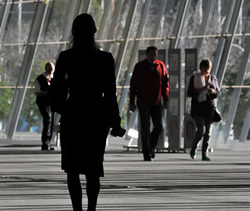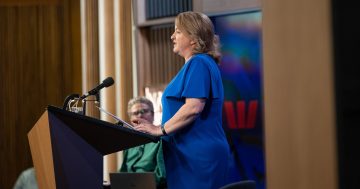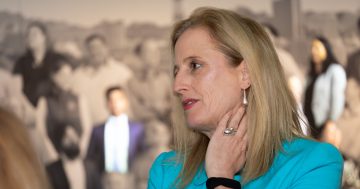 Progress to close the gender pay gap between Australian women and men has stalled for the first time in 2022 according to the latest annual data from the Workplace Gender Equality Agency (WGEA).
Progress to close the gender pay gap between Australian women and men has stalled for the first time in 2022 according to the latest annual data from the Workplace Gender Equality Agency (WGEA).
Director of WGEA, Mary Wooldridge said Australia’s Gender Equality Scorecard summarised key results from the Agency’s world-leading datasets on gender equality – the Employer Census 2021-22 – which revealed that progress had stalled, with the gender pay gap remaining at 22.8 per cent.
Ms Wooldridge said the stagnant gender pay gap must be a signal to employers to pick up the pace by implementing policies and practices that contributed to improving gender equality.
“At a time when Australia is experiencing a critical skills and labour shortage, WGEA’s annual Employer Census shows that too many employers have failed to step up on gender equality leaving many women no better off than they were 12 months ago,” Ms Wooldridge said.
“A pay gap of 22.8 per cent means women earn an average of $26,600 less than men, based on their gender,” she said.
“This failure to improve needs to be a clarion call for all employers.”
Ms Wooldridge said the Employer Census also found that although the number of female CEOs had risen slightly from last year, still only 22 per cent of CEOs were women.
She said men were more likely to hold managerial positions, even in female-dominated industries such as healthcare and education.
“This is despite research showing that profitability and productivity increase under women’s leadership,” the WGEA Director said.
“More women in key decision-making positions also contributes to improved company performance, yet just one in five governing boards are gender-balanced, while more than one in five boards have no women at all,” she said.
“Since 2014, the number of boards without women has dropped from 37 per cent to 22 per cent, but 72 per cent of boards are still comprised of a significant majority (more than 60 per cent) of men.”
Ms Wooldridge said the WGEA Employer Census found that more employers were offering paid primary carers leave than last year (62 per cent, compared to 60 per cent in 2021), with 92 per cent of those offering it equally to women and men.
She said new voluntary reporting showed 53 per cent of employers had set some form of target for gender equality in the workplace.
Of those who had set targets, Ms Wooldridge said more than half (55 per cent) had done so to increase the number of women in leadership.
She said however that far fewer employers had targets to reduce the gender pay gap (38 per cent), increase the number of men taking parental leave (19 per cent), increase male take up of flexible work arrangements (16 per cent), or boost the number of men in female-dominated roles (14 per cent).
WGEA’s 55-page Gender Equality Scorecard can be accessed at this PS News link.












